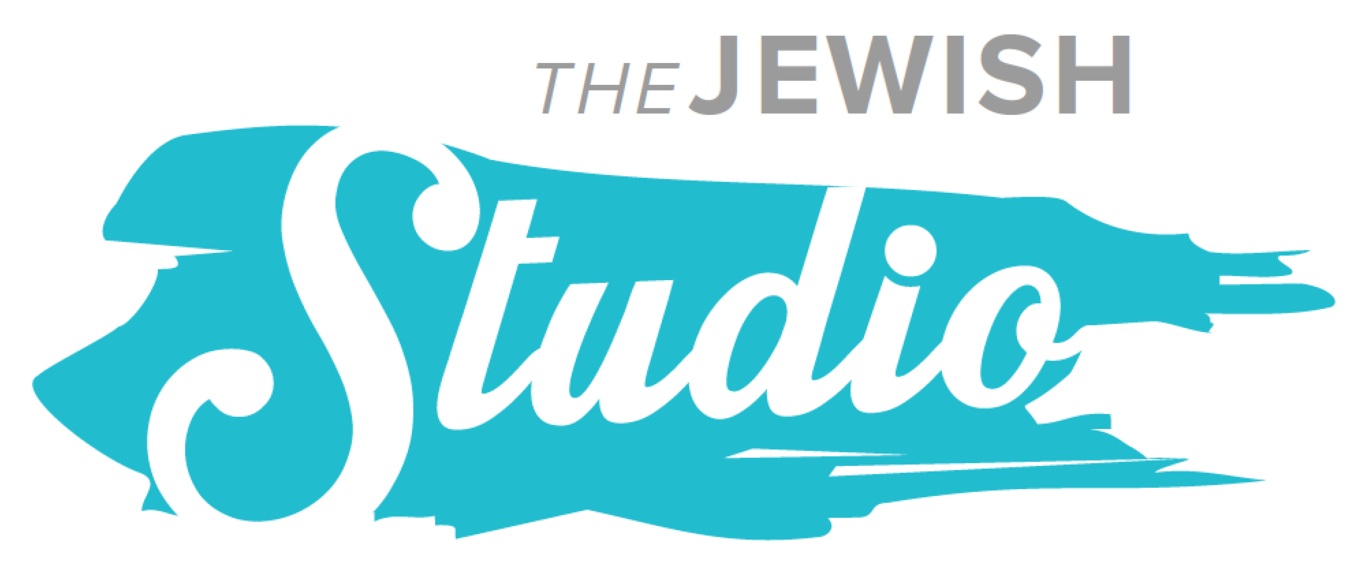One Love, lots of neighbors
This week’s double portion, Acharei Mot-Kedoshim (Lev. 16:1-20:27), contains the famous phrase that Talmud’s Rabbi Akiva recited while standing on one leg to summarize all of Torah (B.T. Shabbat 31a): “love your neighbor as yourself” (Lev. 19:18). This phrase, emerging from the middle part of Torah’s middle portion dedicated to kedoshim (holiness), is the beating heart of Torah and living pulse of Jewish spirituality. This mitzvah (connecting command) to love others as ourselves is so central to Jewish life that it might as well be Torah’s innermost sanctum, the Holy of Holies at Torah’s very core.
“Love your neighbor as yourself” – easy words to say, but sometimes difficult words to live. In the rush of modern life, sometimes we forget. Sometimes our neighbors don’t seem especially lovable. Sometimes we ourselves feel too strained, hurt or bothered to love anyone (including ourselves). Human life can be difficult, and in those moments of difficulty, it can be especially difficult to love another as we love ourselves.
Difficult, but not impossible. Jewish spirituality is meant to be lived precisely in the messiness of life, not cleanly adorned, venerated from afar or cloistered safely away. Jewish tradition’s sages were eminently practical: key to their creed was the idea that God, Torah and tradition must ask only what is possible (B.T. Bava Kama 84a, Chullin 11b, Niddah 67b) – lest spirituality be only theoretical, frustrating, guilt-provoking or worse. The mitzvot of spirituality and good living aren’t far away – across the sea or in the heavens – but rather already in our mouths and hearts, so we can do them (Deut. 30:11-14).
Even if these words at Torah’s heart might be familiar and close, however, we still need pointers, a how-to primer when life gets hard. The rest of this week’s Torah portion surrounding these heart-words provides exactly such a primer, full of pointers on how to live a neighbor-loving life. Give to the poor, protect the disabled (don’t curse the deaf or put stumbling blocks before the blind), honor parents, maintain fair weights and measures in commerce, – the list goes on and on. Perhaps some of these pointers reflect Torah’s pre-industrial context of the ancient Near East, though many of these pointers seem as prescient in 21st century America as they did millennia ago. All of them together offer us a timeless formula for holy living.
Maybe your own formula for holy living looks a bit different. Maybe if you could write your own Holiness Code, it would cite different examples. So go ahead: make your list. Really – make a list of what holy living would be for you. Odds are good that whatever your list about holy living, it might read a lot like Rabbi Akiva’s essence of Torah on one foot: love your neighbor as yourself. Whatever your own examples of holy living might be, they are only examples of this timeless core of wisdom. In Rabbi Akiva’s famous words, all the rest is commentary – now go and study.
Rabbi David Evan Markus






 Evan J. Krame was ordained as a rabbi by the
Evan J. Krame was ordained as a rabbi by the